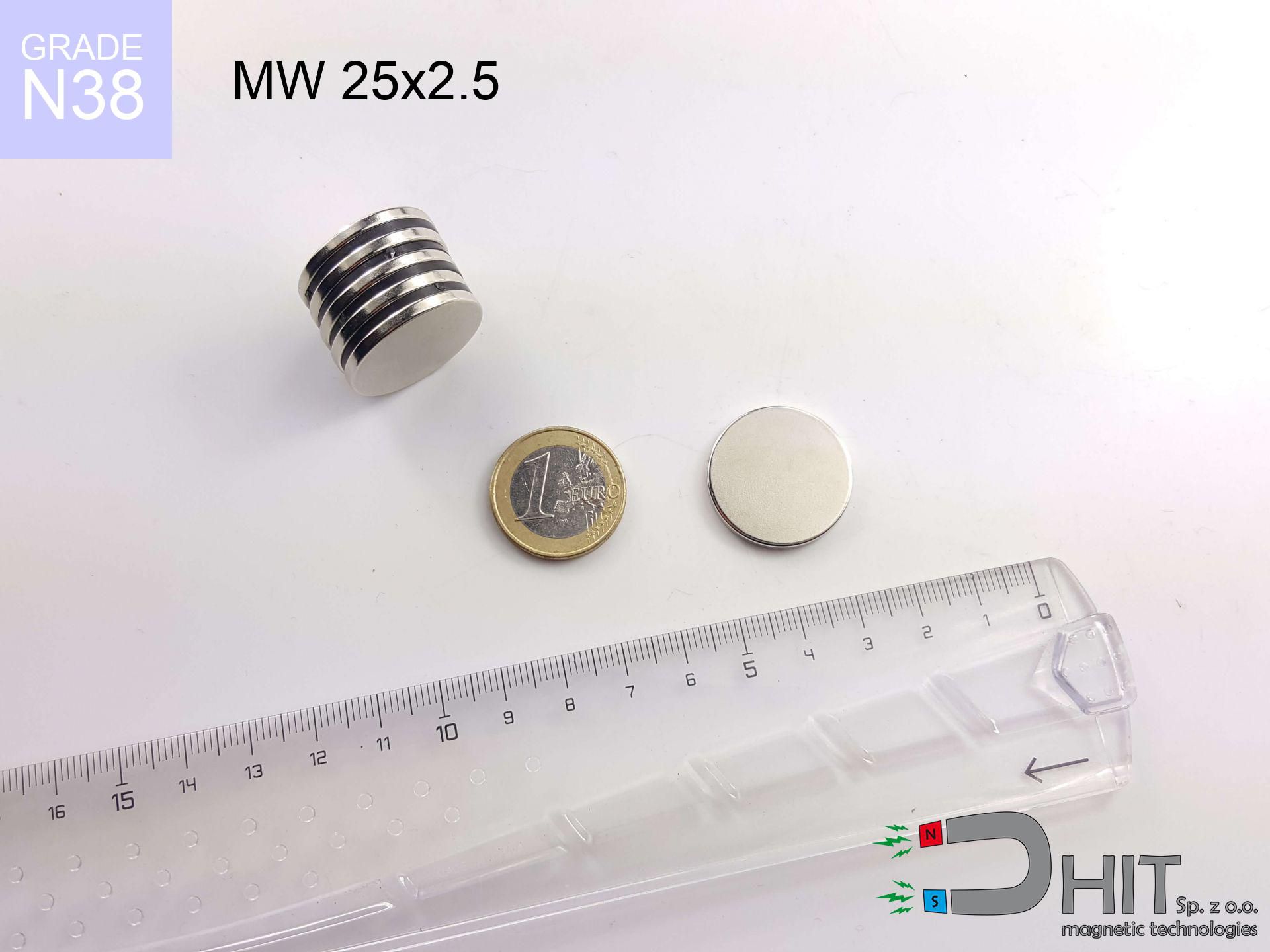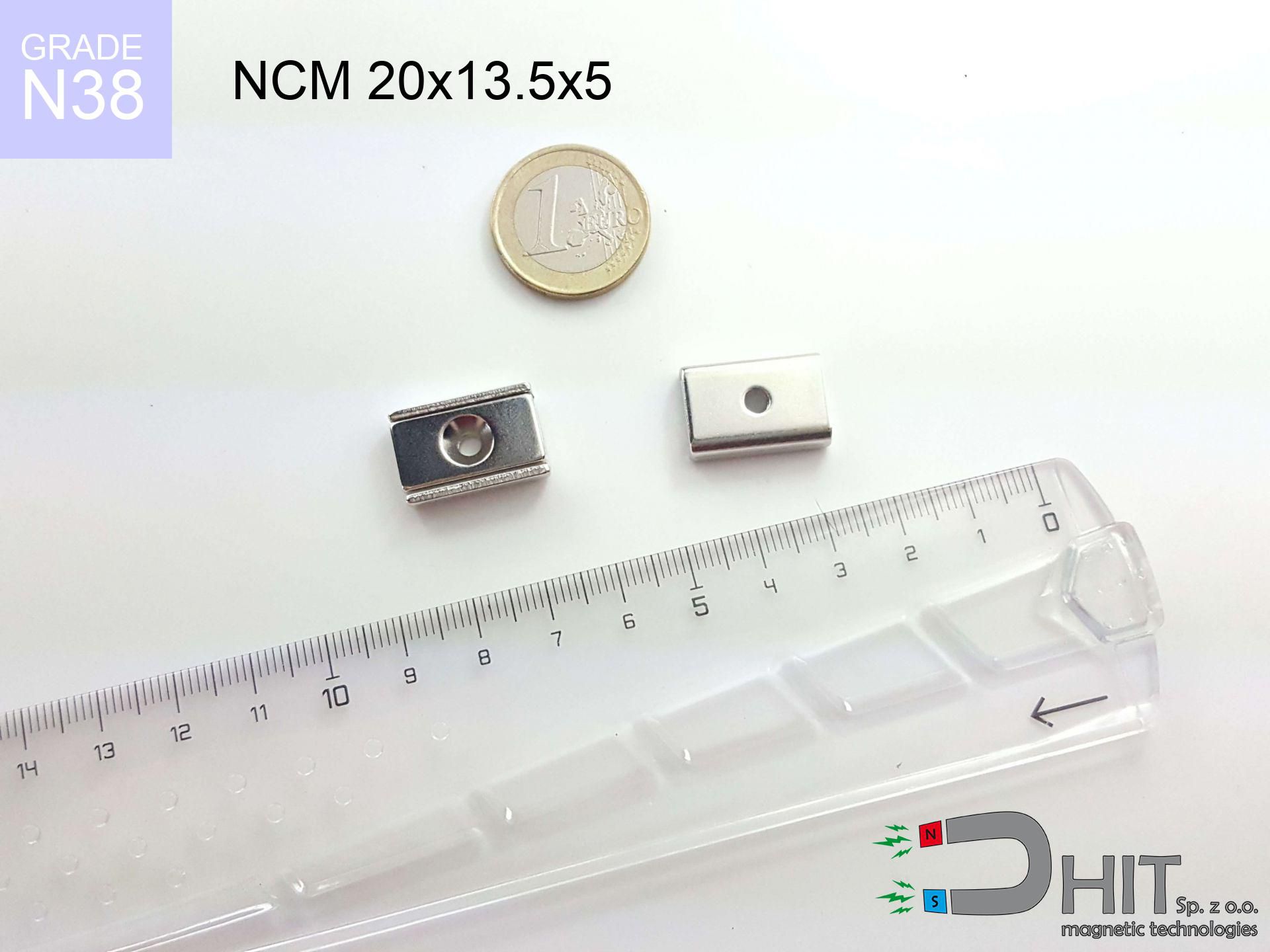BM 510x180x70 [4x M8] - magnetic beam
magnetic beam
Catalog no 090220
GTIN/EAN: 5906301812555
length
510 mm [±1 mm]
Width
180 mm [±1 mm]
Height
70 mm [±1 mm]
Weight
32750 g
5253.21 ZŁ with VAT / pcs + price for transport
4270.90 ZŁ net + 23% VAT / pcs
bulk discounts:
Need more?
Call us
+48 22 499 98 98
otherwise get in touch by means of
form
the contact page.
Parameters and form of neodymium magnets can be calculated on our
magnetic mass calculator.
Orders placed before 14:00 will be shipped the same business day.
Product card - BM 510x180x70 [4x M8] - magnetic beam
Specification / characteristics - BM 510x180x70 [4x M8] - magnetic beam
| properties | values |
|---|---|
| Cat. no. | 090220 |
| GTIN/EAN | 5906301812555 |
| Production/Distribution | Dhit sp. z o.o. |
| Country of origin | Poland / China / Germany |
| Customs code | 85059029 |
| length | 510 mm [±1 mm] |
| Width | 180 mm [±1 mm] |
| Height | 70 mm [±1 mm] |
| Weight | 32750 g |
| Manufacturing Tolerance | ±1 mm |
Physical properties of sintered neodymium magnets Nd2Fe14B at 20°C
| properties | values | units |
|---|---|---|
| Vickers hardness | ≥550 | Hv |
| Density | ≥7.4 | g/cm3 |
| Curie Temperature TC | 312 - 380 | °C |
| Curie Temperature TF | 593 - 716 | °F |
| Specific resistance | 150 | μΩ⋅cm |
| Bending strength | 250 | MPa |
| Compressive strength | 1000~1100 | MPa |
| Thermal expansion parallel (∥) to orientation (M) | (3-4) x 10-6 | °C-1 |
| Thermal expansion perpendicular (⊥) to orientation (M) | -(1-3) x 10-6 | °C-1 |
| Young's modulus | 1.7 x 104 | kg/mm² |
Chemical composition
| iron (Fe) | 64% – 68% |
| neodymium (Nd) | 29% – 32% |
| boron (B) | 1.1% – 1.2% |
| dysprosium (Dy) | 0.5% – 2.0% |
| coating (Ni-Cu-Ni) | < 0.05% |
Sustainability
| recyclability (EoL) | 100% |
| recycled raw materials | ~10% (pre-cons) |
| carbon footprint | low / zredukowany |
| waste code (EWC) | 16 02 16 |
Other offers
Pros as well as cons of neodymium magnets.
Advantages
- They retain full power for nearly ten years – the loss is just ~1% (in theory),
- Magnets effectively resist against loss of magnetization caused by ambient magnetic noise,
- In other words, due to the metallic finish of gold, the element is aesthetically pleasing,
- The surface of neodymium magnets generates a strong magnetic field – this is one of their assets,
- Thanks to resistance to high temperature, they can operate (depending on the shape) even at temperatures up to 230°C and higher...
- Thanks to versatility in constructing and the capacity to customize to client solutions,
- Versatile presence in innovative solutions – they are commonly used in HDD drives, electric motors, diagnostic systems, as well as other advanced devices.
- Relatively small size with high pulling force – neodymium magnets offer high power in compact dimensions, which allows their use in small systems
Disadvantages
- They are prone to damage upon heavy impacts. To avoid cracks, it is worth protecting magnets using a steel holder. Such protection not only shields the magnet but also increases its resistance to damage
- We warn that neodymium magnets can lose their strength at high temperatures. To prevent this, we recommend our specialized [AH] magnets, which work effectively even at 230°C.
- When exposed to humidity, magnets usually rust. To use them in conditions outside, it is recommended to use protective magnets, such as those in rubber or plastics, which prevent oxidation and corrosion.
- We suggest casing - magnetic mount, due to difficulties in producing nuts inside the magnet and complex forms.
- Possible danger related to microscopic parts of magnets pose a threat, if swallowed, which becomes key in the aspect of protecting the youngest. Additionally, small elements of these magnets are able to complicate diagnosis medical when they are in the body.
- Higher cost of purchase is one of the disadvantages compared to ceramic magnets, especially in budget applications
Pull force analysis
Maximum lifting force for a neodymium magnet – what affects it?
- on a base made of mild steel, effectively closing the magnetic field
- whose thickness is min. 10 mm
- with an polished touching surface
- under conditions of ideal adhesion (surface-to-surface)
- under perpendicular force vector (90-degree angle)
- in stable room temperature
Key elements affecting lifting force
- Gap (betwixt the magnet and the plate), because even a microscopic clearance (e.g. 0.5 mm) results in a drastic drop in force by up to 50% (this also applies to varnish, rust or debris).
- Angle of force application – maximum parameter is obtained only during perpendicular pulling. The resistance to sliding of the magnet along the surface is typically many times smaller (approx. 1/5 of the lifting capacity).
- Wall thickness – the thinner the sheet, the weaker the hold. Magnetic flux penetrates through instead of converting into lifting capacity.
- Metal type – different alloys attracts identically. Alloy additives worsen the interaction with the magnet.
- Surface quality – the more even the plate, the larger the contact zone and higher the lifting capacity. Unevenness creates an air distance.
- Heat – neodymium magnets have a negative temperature coefficient. When it is hot they lose power, and at low temperatures they can be stronger (up to a certain limit).
Holding force was checked on the plate surface of 20 mm thickness, when the force acted perpendicularly, in contrast under shearing force the lifting capacity is smaller. In addition, even a small distance between the magnet’s surface and the plate decreases the holding force.
Precautions when working with NdFeB magnets
Danger to pacemakers
Individuals with a ICD have to keep an large gap from magnets. The magnetic field can interfere with the functioning of the implant.
Beware of splinters
NdFeB magnets are sintered ceramics, which means they are very brittle. Collision of two magnets will cause them shattering into shards.
Serious injuries
Big blocks can break fingers in a fraction of a second. Under no circumstances put your hand betwixt two attracting surfaces.
Heat sensitivity
Keep cool. NdFeB magnets are sensitive to heat. If you require resistance above 80°C, inquire about HT versions (H, SH, UH).
Compass and GPS
Note: rare earth magnets produce a field that disrupts sensitive sensors. Maintain a safe distance from your mobile, device, and GPS.
Nickel coating and allergies
Certain individuals suffer from a sensitization to Ni, which is the common plating for NdFeB magnets. Extended handling can result in a rash. We recommend use protective gloves.
Respect the power
Before starting, check safety instructions. Uncontrolled attraction can destroy the magnet or injure your hand. Be predictive.
Machining danger
Powder created during grinding of magnets is combustible. Avoid drilling into magnets unless you are an expert.
Electronic devices
Device Safety: Neodymium magnets can ruin data carriers and delicate electronics (pacemakers, medical aids, timepieces).
Do not give to children
Neodymium magnets are not toys. Eating several magnets may result in them pinching intestinal walls, which poses a severe health hazard and requires urgent medical intervention.

![Magnetic beam (separator) BM 510x180x70 [4x M8] Magnetic beam (separator) BM 510x180x70 [4x M8]](https://cdn3.dhit.pl/graphics/banners/magnet.webp)
![BM 510x180x70 [4x M8] - magnetic beam](https://cdn3.dhit.pl/graphics/products/bm-510x180x70-4x-m8-cem.jpg)





